The windshifter in waste sorting plant

A windshifter is a type of equipment used in waste sorting plants to separate materials based
on their different aerodynamic properties. It uses a controlled flow of air to separate lighter
materials (such as plastic, paper, or foam) from heavier materials (such as metals, glass, or stones).

How it works:
Airflow Creation: A strong, adjustable stream of air is directed through the waste stream as
it moves along a conveyor belt or similar system.
Material Separation: The lighter materials are lifted and carried away by the air stream, while
the heavier materials are less affected by the airflow and remain on the conveyor.
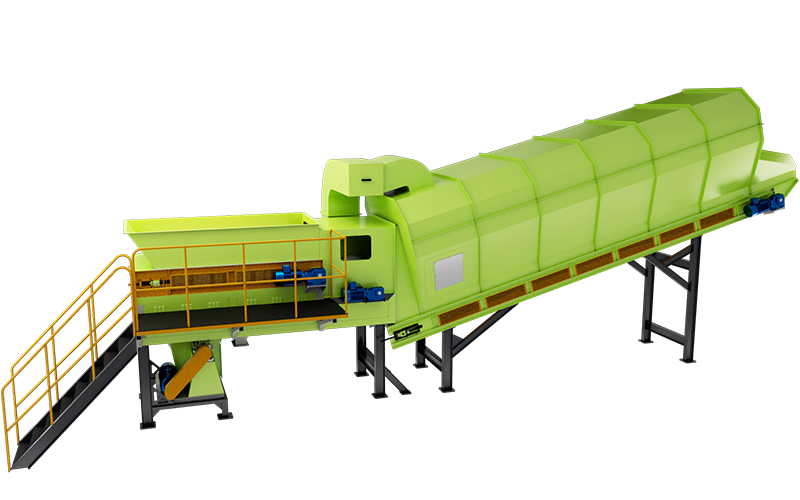
Collection: The separated light materials are typically directed to one side of the plant for further
processing, while the heavier materials continue through the system for additional sorting.
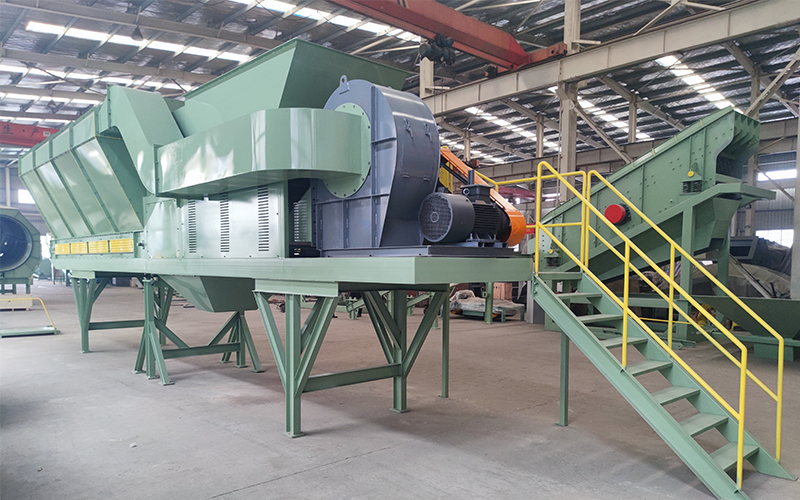
Benefits:
Efficiency: Windshifters help to speed up the sorting process by quickly separating lightweight
from heavier items.
Cost-Effective: They reduce the need for manual sorting and can handle large volumes of waste efficiently.
Enhanced Recovery: By isolating light materials, windshifters can help recover recyclable materials
more effectively, such as paper, cardboard, and plastics.
In summary, windshifters play a crucial role in improving the efficiency and effectiveness of waste
sorting plants, particularly in the automated separation of materials based on their density and
aerodynamic properties.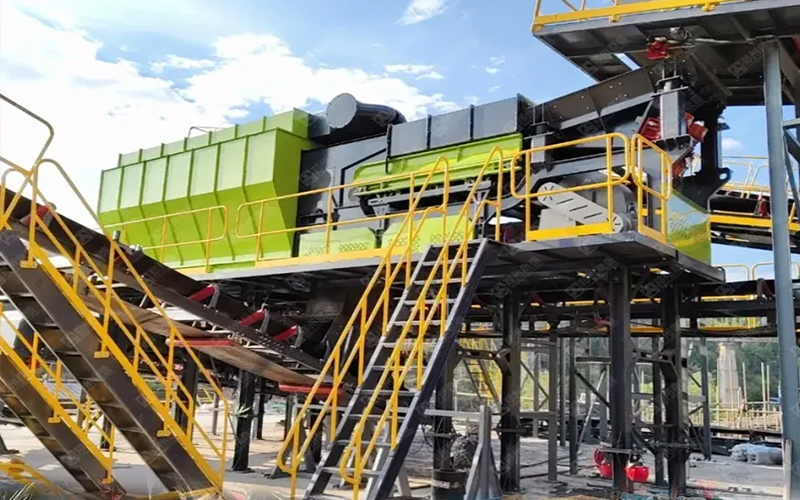
Wind Volume: This refers to the amount of air being pumped through the system. Increasing the wind
volume can help move lighter materials over a larger distance or faster, while reducing it may keep
the materials closer to the conveyor or more controlled.
Wind Strength: Wind strength, or airflow speed, determines how strongly the air stream pushes against
the materials. A stronger airflow can lift and separate lighter materials more effectively. However, if the
airflow is too strong, it might blow heavier materials unintentionally. Adjusting the strength helps ensure
that the wind only separates the desired lighter materials while leaving the heavier ones intact.
Wind Direction: The direction in which the air flows can be adjusted to control how materials are moved
and separated. The angle and direction of the airflow can be set to optimize the path of lighter materials,
guiding them to a designated collection area, while heavier materials are left behind.
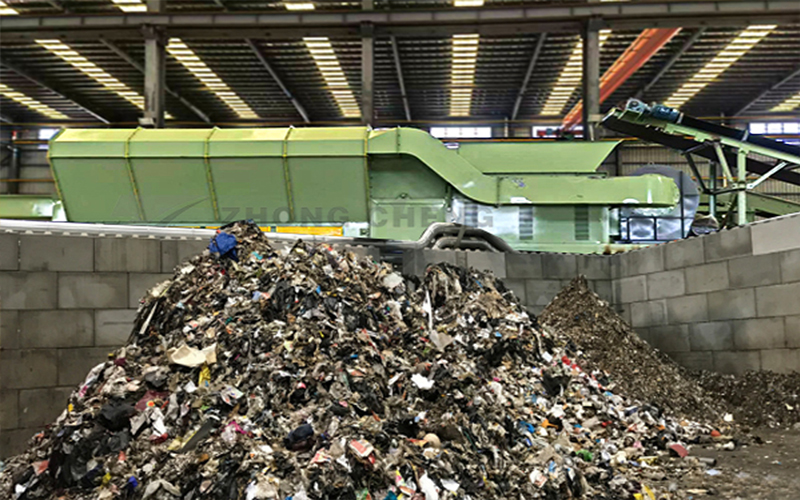
Why Adjust These Parameters?
Customization for Different Waste Streams: Different types of waste (e.g., mixed plastics, paper, metals)
require different settings for optimal separation.
Material Size and Density: The characteristics of the materials (size, shape, density) may vary, so adjusting
these parameters ensures that the system works efficiently for a range of waste materials.
Maximizing Efficiency: Fine-tuning these factors helps minimize losses (i.e., light materials being left behind
or heavy materials being carried away) and ensures the maximum recovery of recyclables.
In short, by adjusting the wind volume, strength, and direction, waste sorting plants can precisely control
the separation process, improving sorting accuracy and efficiency.
| Wind Sifter800 | Wind Sifter1200 | Wind Sifter1600 | |
| Feeding Belt Width | 800mm | 1200mm | 1600mm |
| Air volume | 8000-19000 m³/h | 12000-29000 m³/h | 15000-35000 m³/h |
| Full pressure | 2500Pa | 2500Pa | 2500Pa |
| Power | 38kw | 42kw | 55kw |
| Throughput | 20-30 m³/h | 30-50 m³/h | 50-70 m³/h |
-
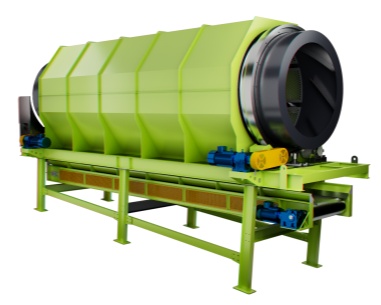 Trommel screenTrommel screen, also known as drum screens, are widely used in various industries for sorting and separating materials.Get Quote
Trommel screenTrommel screen, also known as drum screens, are widely used in various industries for sorting and separating materials.Get Quote -
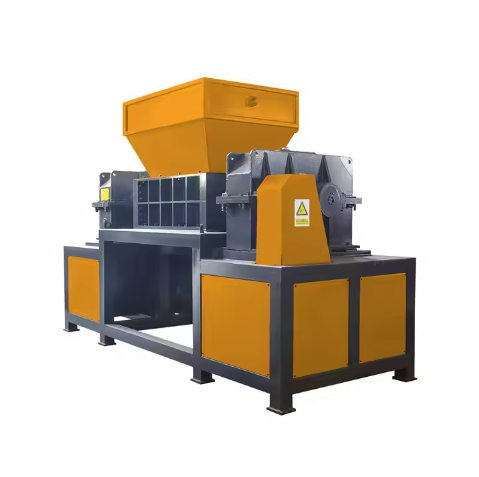 Crop straw double shaft shreddApplications:Biomass Energy Production: Shredded straw can be used as a feedstock for bioenergy plants to produce electricity or heat.Livestock Feed: Reduced-si...Get Quote
Crop straw double shaft shreddApplications:Biomass Energy Production: Shredded straw can be used as a feedstock for bioenergy plants to produce electricity or heat.Livestock Feed: Reduced-si...Get Quote -
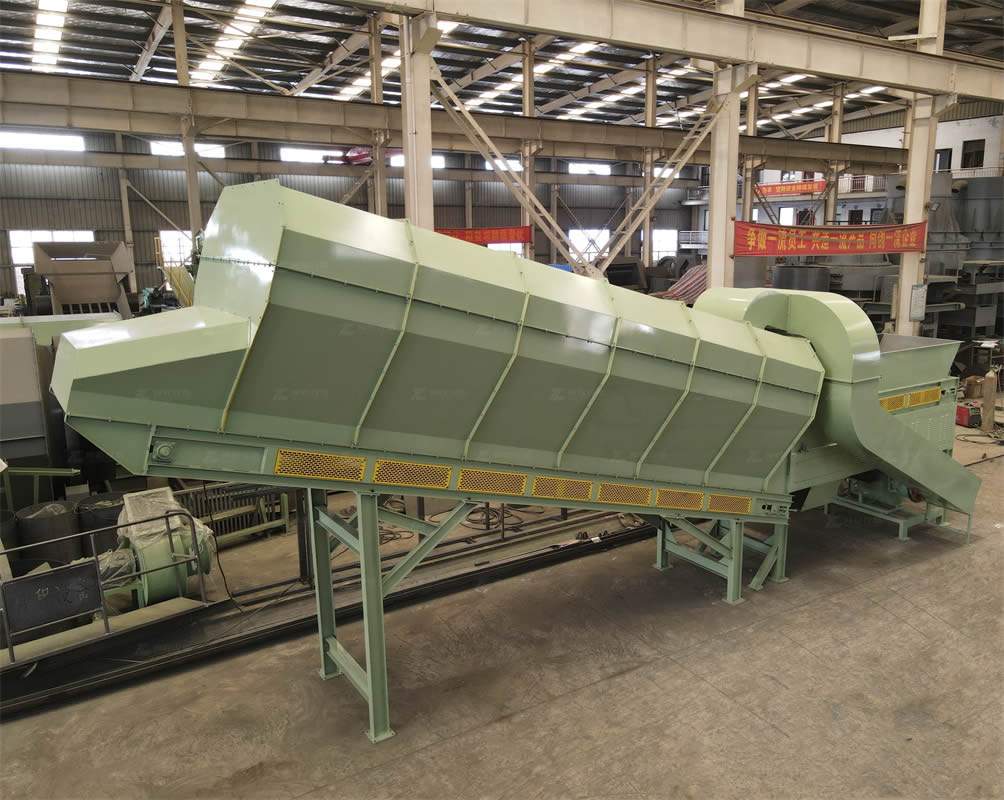 Zhongcheng Air Drum SeparatorAir drum separators effectively separate lightweight materials (e.g., plastics, paper) from heavier materials (e.g., metals, glass). This high efficiency is cru...Get Quote
Zhongcheng Air Drum SeparatorAir drum separators effectively separate lightweight materials (e.g., plastics, paper) from heavier materials (e.g., metals, glass). This high efficiency is cru...Get Quote
-
2024-05-18Mobile Jaw Crusher PlantMobile jaw crushing station is a novel rock crushing equipment, also known as mobile crushing station. The purpose of its design concept is to stand from the cu...
-
2024-07-16Twin-shaft shredders: ideal for efficient processing of waste and recycling materialsA double-shaft shredder is a mechanical device used to process waste and recycle materials. Its main feature is that it has two rotating shafts with serrated bl...
-
2024-04-13Vibrating FeederA vibrating feeder is a mechanical device used to convey materials, typically in bulk, from one location to another in a controlled manner. This equipment is co...
-
2024-08-06Plastic double shaft shredderOperation:Feeding: The plastic material is fed into the shredder through the infeed system.Shredding: As the material enters the shredding chamber, the rotating...
-
2023-01-12Disc ScreenDisc screen, also known as a disc scalping screen, is a mechanical device used to separate materials based on size. It is commonly used in industries such as wa...



